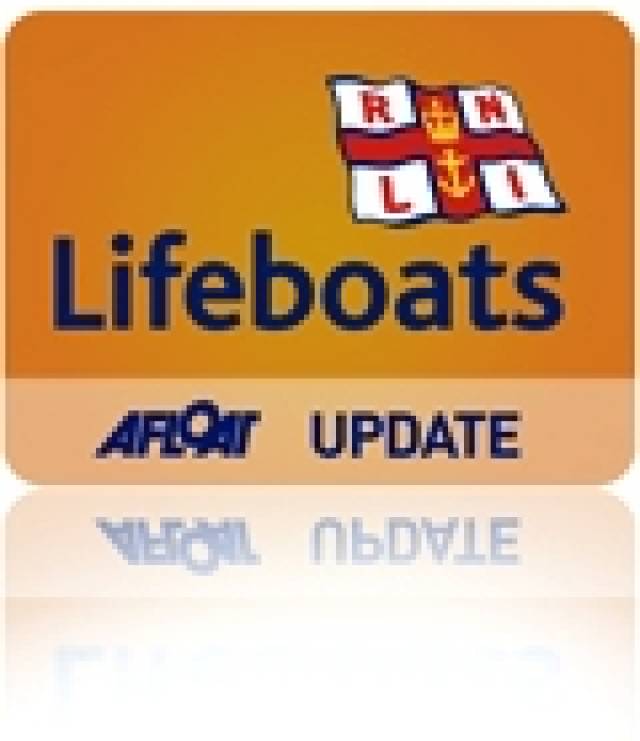#RNLI - Arklow RNLI came to the assistance of a sailing vessel with sail damage and mechanical failure on Wednesday evening (10 June).
Following a planned exercise, Arklow lifeboat Ger Tigchlearr and its volunteer crew of Eamonn Kavanagh, John Berminghham, Michael Fitzgerald, Jimmy Myler and Trevor Conroy were returning to station around 8.30pm when a distress call was received from the vessel, about one mile south-east of Arklow Harbour.
The lifeboat crew proceeded to the location and took the vessel under tow back to Arklow, where all hands came ashore safely.
Following the rescue, Arklow RNLI sea safety officer Mark Corcoran said: "All skippers of vessels going to sea for work or pleasure should carry a means of calling for help and wear lifejackets.
"Calling for help in good time will lessen the chances of people ending up in the water and increase the chances of successful rescue."
































































